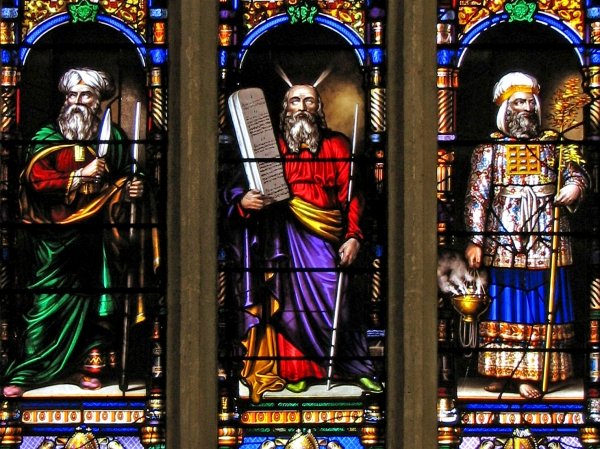More than Church
A Reflection by Charles Ringma tssf
Whenever we talk about church, we primarily have the parish church in view where we meet on Sundays for worship, word, sacrament, and fellowship.
At a secondary level, we may also have a small mid-week prayer, Bible study, or fellowship meeting in view. And at tertiary level, we may be thinking of the denomination of which the church is a part, or the universal church as it exists globally.
This way of thinking about the church is primarily marked by its being gathered- together and its institutional nature.
All well and good! But there is more to the story.
The first, is the recognition of the church militant and the church triumphant – that is the present-day historical church in its journey of witness, service and suffering, and the church of the saints who have gone to their heavenly reward, but, who are in a spiritual sense, “still with us.”
Secondly, for much of the church’s history there has existed the parish church and various forms of Christian community of which Monasticism has been the most enduring reality. In our contemporary context while Monastic communities have diminished, there are parish churches that have formed small intentional communities as part of their over-all life together.
Thirdly, there are many church-related institutions and ministries. These are mainly in educational and community welfare domains.
But there is even more to the story when we think about church. Unfortunately, the three further areas I wish to draw attention to tend to be the neglected or over-looked domains. And primarily these have to do with the recognition that the church is both a gathered and a scattered reality – the people of faith in their families, neighbourhoods, and places of work.
1. There are many so-called para-church organisations and ministries, initiated by Christian individuals and supported by Christians across denominations, that are committed to the work of witness, service, care, and justice. It is unfortunate that the parish church often does little to acknowledge, encourage, or support these ministries.
2. There are the many “informal” ministries and services that the “laity” of a particular parish church engage in that are seldom recognised. These are neither prayed for or supported. The problem here is the over-focus on the institutional nature of the church and its ministries, and an underplay of church as people in the world serving in their neighbourhoods, places of work, or their involvement in other networks.
3. There is the reality of the Christian family as an embryonic form of “church.” One hears little about its importance in the nurture, care, and formation of the next generation.
In the light of the above, I which to make several suggestions –
First, there is no theological justification for the present hierarchy of parish church, then intentional Christian community, then Christian family, then para-church organisations, and then what Christians are doing informally as the scattered people of God. All seek to be the servants of Christ. All are committed to worship, word, and service.
Second, this means that the parish church must see itself as linked-to and involved-in all the other spheres of Christian expression and engagement and therefore needs to become a more open, engaging, and reciprocal institution.
And thirdly, this is particularly relevant in the Western world where involvement with the parish church is diminishing. This means that the more diverse but cooperative the witness and service of the people of God can be, the greater the possibility of its impact.
Charles Ringma, tssf.



